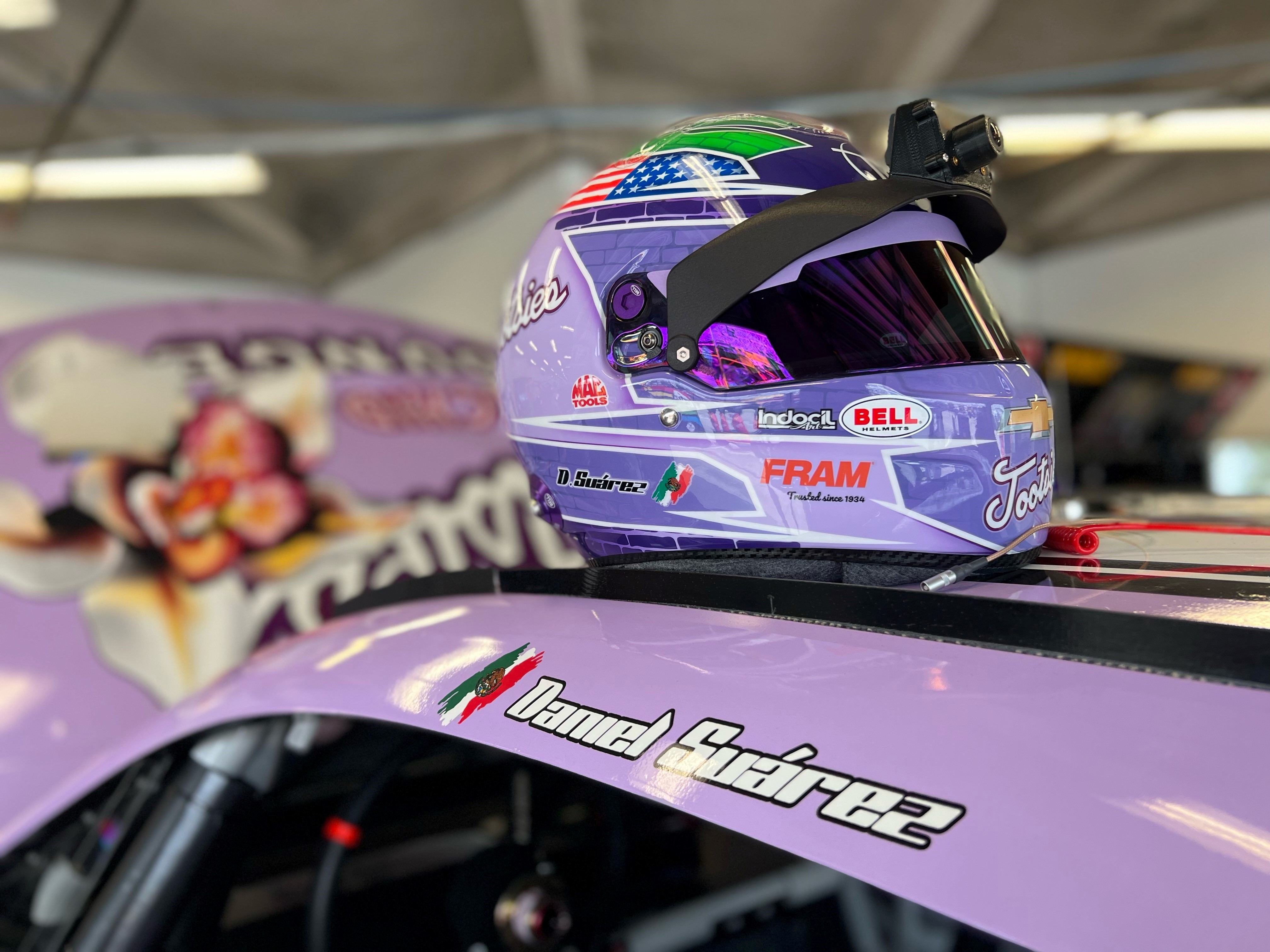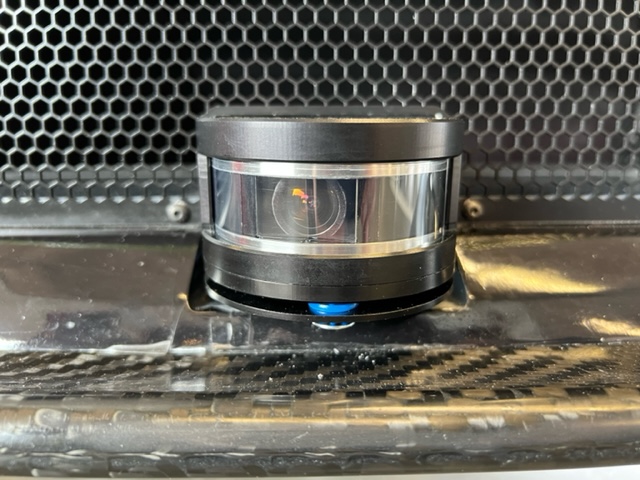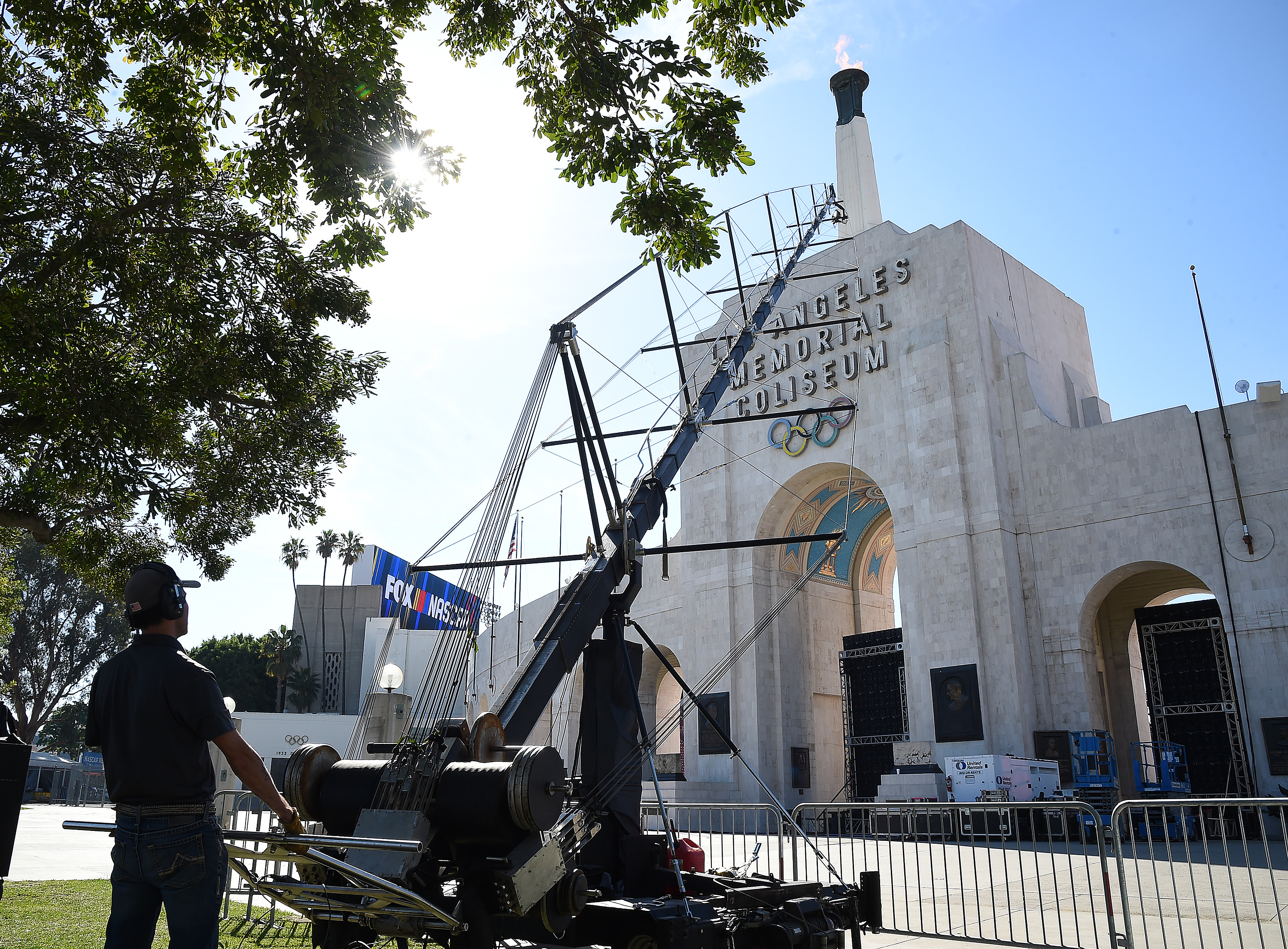Fox Sports to Deliver New Looks From Next Gen Cars at Daytona 500
NASCAR worked with Fox to upgrade the car’s design when it came to camera positioning

DAYTONA, Fla.—NASCAR’S Next Gen car will make its official debut Sunday, Feb. 20, here with the motorsport’s Cup Series at the Daytona 500, but there’s more to this seventh generation of the sport’s stock car than its resemblance to the cars fans actually drive, especially when it comes to television production.
Alongside the changes that give the car faster acceleration and make it more nimble—as Kurt Busch noted after making a test run in November—this latest generation car incorporates updates for where in-car cameras are positioned and how telemetry and video and audio data are transmitted.
“NASCAR included us in the design, which I thought was pretty cool,” says Michael Davies, senior vice president, technical and field operations, at Fox Sports. “We went down to the [NASCAR] R&D Center in Concord, N.C., and we had a body for the new car. We played around with where we could put cameras with the actual guys who were testing the car.
“It was the first time we actually had our director and producer… [involved with where] we were able to position the cameras,” he added.
(Fox and Fox Deportes will air the Daytona 500 on Sunday, Feb. 20, starting at 2:30 p.m. ET. It also will be available on the Fox Sports app. The pre-race show begins at 11 a.m. ET on FS1 and moves to Fox at 1 p.m. ET.)

Two notable changes were made to camera positioning. First, the front bumper cam was positioned extremely low to the ground. “It doesn't sound like a front bumper cam is something that would actually make a difference. But you know, when you see it, it's pretty cool,” says Davies.
The second, which may or may not be ready for Sunday’s race, is a rear spoiler cam looking down the side of the car that required “a fair amount of collaboration with NASCAR,” he says.
The professional video industry's #1 source for news, trends and product and tech information. Sign up below.
Video Game Previs
As with its coverage of the Busch Light Clash at the Los Angeles Coliseum two weeks ago, Fox Sports turned to video games for previsualization of the types of shots that were possible—but this time instead of being used to determine camera positions at the venue, they helped in deciding where the front bumper and rear spoiler cams should be located.
“Obviously, in video games there's some cameras that you can duplicate and some that you can't,” says Davies. “But, you know, the spoiler shot and the front bumper shot were directly informed by the way people play video games.”
NASCAR, however, didn’t fulfill all of the broadcaster’s wishes for new in-car camera positioning. Most notably, Fox had suggested a new camera location inside the car, but by time the car’s design was completed, “a bunch of stuff” newly added to the interior obstructed its view, he says.
But the visor cam that clips to drivers’ helmets will offer viewers a good look at something new—the Next Gen car’s redesigned dashboard and the new video rearview mirror, he says.
While the in-car cameras continue to be 720p HD, that’s not for a lack of trying to upgrade to 1080p HD. However, the supply chain issues that have rippled across the economy prevented them from being ready for Daytona. Over the season, as availability allows, the 1080p cameras will replace the older existing cameras, says Davies.
While Fox broadcasts in 720p, Fox Sports will produce the Daytona 500 in 1080p, which will be downconverted. “The only people who will see it in 1080p are the people in the production truck,” says Davies.
Supply chain disruptions also delayed Next Gen car updates to telemetry. “The car is kind of set up for the future in terms of being able to move signals around it more efficiently, trying to get the camera feeds and the data and the telemetry in one feed,” he says.
As with the 1080p in-car camera upgrade, Fox had to postpone the change until later in the season when the technology required becomes more readily available, says Davies.
‘Bites Of The Apple’
Beyond the cars themselves, Fox Sports will enhance its use of drones and add an 80-foot camera crane.
“Daytona has a really exciting, front midway. We wanted to bring people out there, especially for a fairly long pre-race [show], which is what we have. We're going to use the crane for that shot,” says Davies.
By the time the race begins, the crane will be repositioned to the backstretch. There it will be used to “try to peek over that back car,” he says.
Fox also will add a new graphics look customized for the race. “The interesting thing about the way Fox is approaching the graphics package now is that instead of having one graphics package that kind of gets morphed into other sports, each graphics package is completely different for every sport,” says Davies.

One other tech change is the production truck that will be used in Daytona. Fox Sports will rely on Game Creek Encore to do the show instead of Game Creek Cleatus, the truck it normally uses for race coverage. That truck was on the West Coast to produce "The Clash" at the L.A. Coliseum a few weeks back and will be used as the race season progresses. “Encore is the same truck that does football and will do the Super Bowl next year,” he says.
Davies, who has been doing Daytona 500 for 16 years, notes this year’s race schedule is different than in the past—a change he sees with an upside.
“It used to be that The Clash was the week before [the Daytona 500]. We had sort of a regimented schedule that really hadn't changed for years,” he says.
“This time we have the ARCA [Menards Series], the Duels and then Daytona. So now, there's literally five races between… [the start of the season] and Sunday, which is good because it gives us a lot of bites at the apple in terms of getting it right,” says Davies.
Phil Kurz is a contributing editor to TV Tech. He has written about TV and video technology for more than 30 years and served as editor of three leading industry magazines. He earned a Bachelor of Journalism and a Master’s Degree in Journalism from the University of Missouri-Columbia School of Journalism.

